Russian Ballet
Ballet is the national honor of Russian and the “visiting card” of the Russian culture. Originated in Italy and France, here it found its “second home country”. It is in Russia where classical ballet traditions have been kept and developed to present them to the whole world again afterwards.
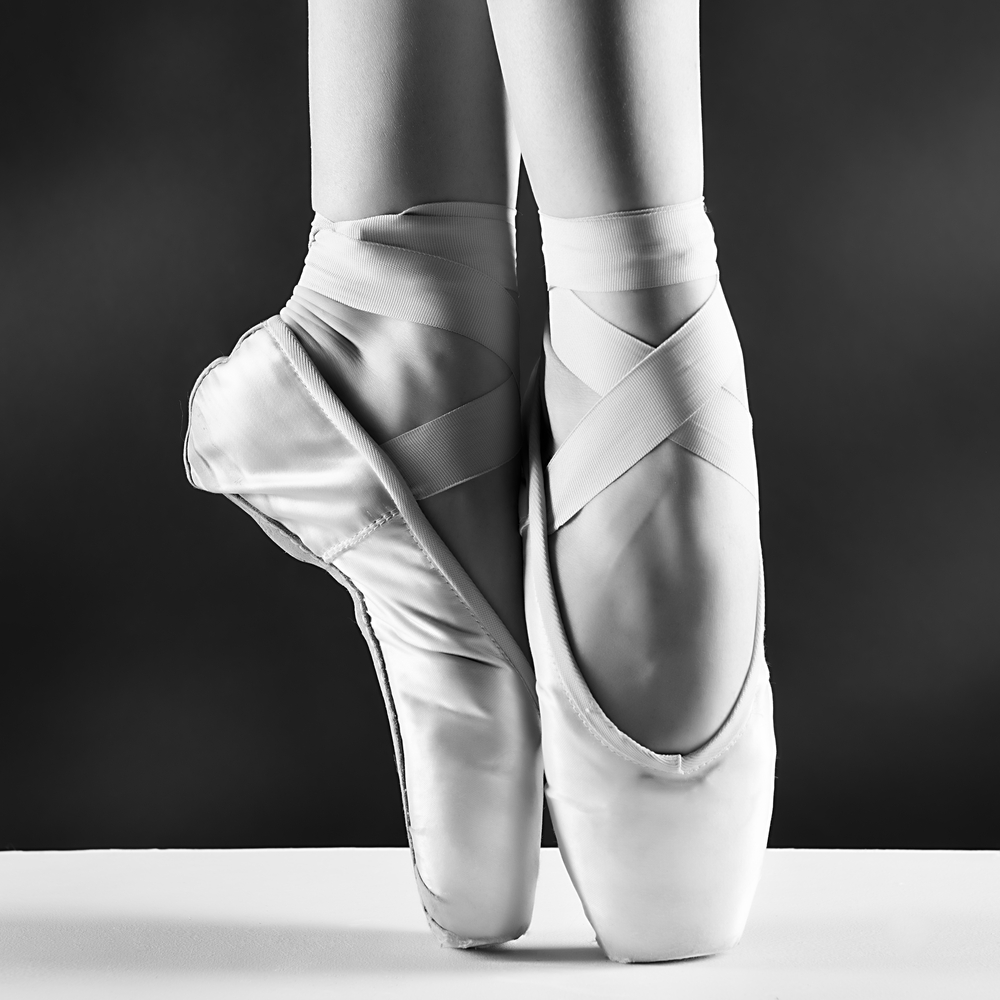
The first ballet school was opened in St. Petersburg in 1738. After a few decades, another school was opened in Moscow. Thus started the rivalry of the two ballet traditions – of St. Petersburg and Moscow, the two theatres – the Mariinsky and the Bolshoy – that has continued ever after. You can find the confirmation of that rivalry by just studying the playbills in both cities.
St. Petersburg school is faithful to classical traditions and focus on perfection of every movement and super professionalism of actors. The most “classical” versions of the great ballet performances can still be seen on stage of the St. Petersburg theatre. But the style of the St. Petersburg theatre seems cold to some people.
Moscow style is more inclined to expression of bright emotions, daring experiments, and variety of genres. However, experiments often turn out to be cliches or just bad taste. Nevertheless, in contrast to prim and proper St. Petersburg, this is excited in Moscow.
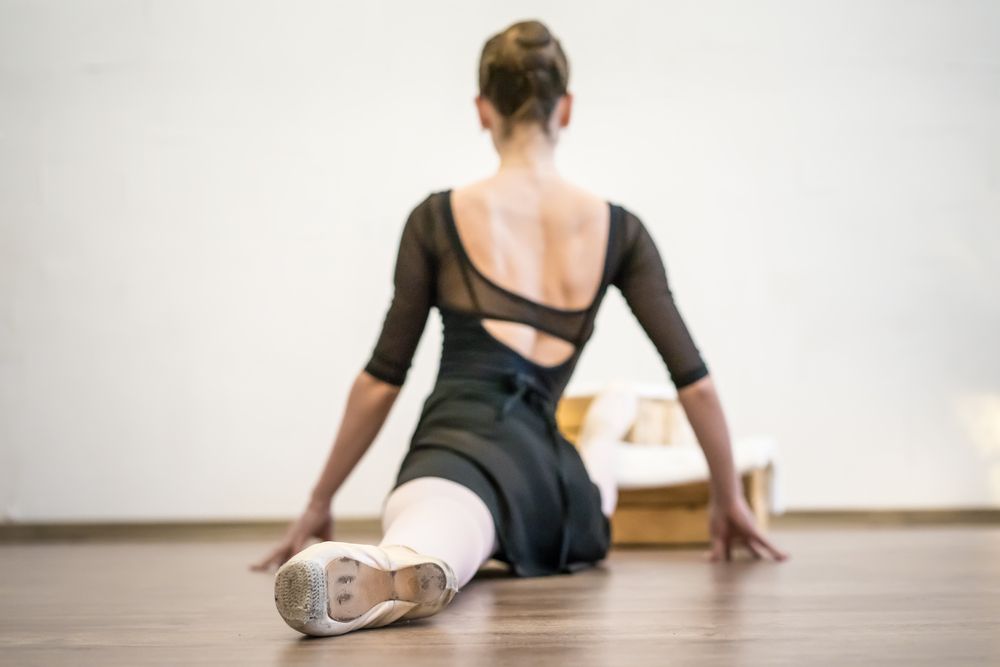
Repertoire
The repertoire of Russian ballet theatre, first of all, includes the best performances of the XIXth and XXth centuries recently supplemented by numerous experimental programs of modern dances.
In the XIXth century, many classical ballet masterpieces were born, such as “The Sleeping Beauty”, “The Nutcracker”, “The Swan Lake”, “Raymonda”, “La Bayadère”, and “Don Quixote”. The music to the former three was written by P.I. Tchaikovsky, which also was a break, as nowhere in the world the “great” composers had worked for ballet before. Due to their wonderful music and filigree choreography, these performances are still successful on the Russian and the world stages.
The beginning of the XXth century has become the time of new breaks for the Russian ballet. In particular the tours of Russian stars at the beginning of the XXth century (the famous Diaghilev’s “Russian Seasons”) awoke the faded interest of foreign audience to the ballet and gave it the new leaps of life. The genre of one-act ballet appeared and much more attention started to be paid to scenery and costumes. The music selected for performances was difficult, often “non-dancing” but still by the best composers. Among the ballets that were presented at the beginning of the XXth century, the most interesting are “The Firebird”, “Les Sylphides”, “Scheherazade”, and “The Rite of Spring” (the latter usually becomes the subject of merciless experiments).
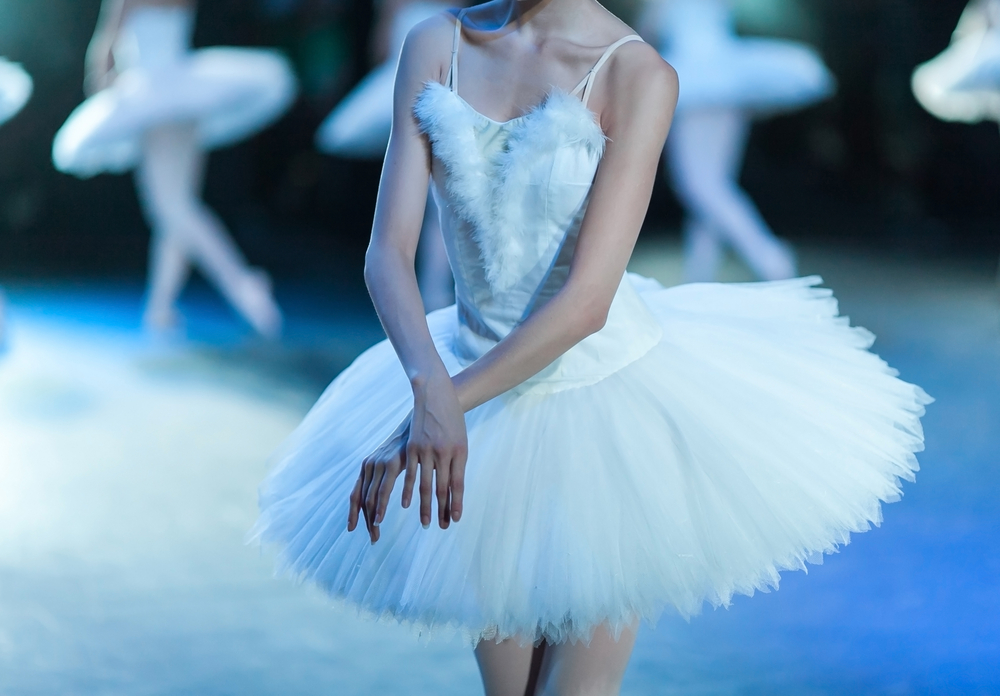
The ballet continued to stay the source of the national pride in the USSR. Choreographers kept on following the classical traditions (even to the prejudice of all the new trends) while the music was created by the best composers: S.S. Prokofiev, D.D. Shostakovich, A.I. Khachaturian. Ballet performances were based on historical plots or literary compositions and were filled with profound meaning. Among the performances staged in the Soviet times “Romeo and Juliet”, “Spartacus”, “The Tale of the Stone Flower”, “The Fountain of Bakhchisarai”, “Cinderella”, “Anyuta”, and “Anna Karenina” are still popular (deservedly). The latter two are more modern and distinguish with more spiritual psychologism of characters.
After the collapse of the USSR, the stream of everything that had been previously prohibited flooded out on the Russian stage: ballet without a subject, liberal and modern dances, etc. Not all the experiments can be called successful, but one thing is doubtless – the Russian ballet world has become more versatile.
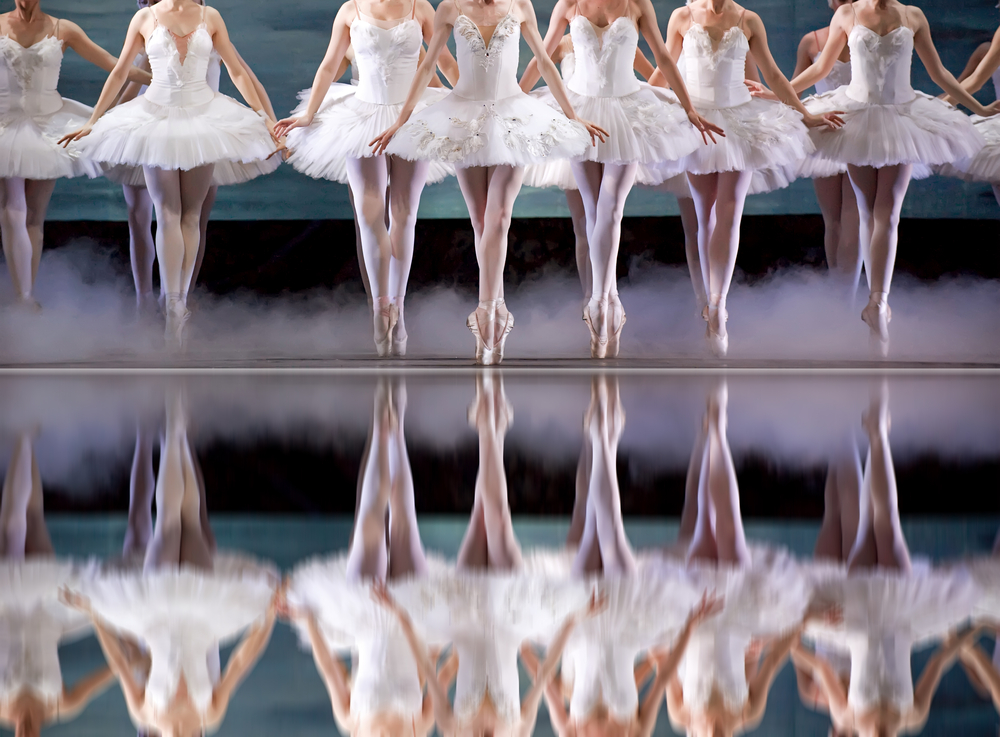
Ballet stars
Both in Tzar and Soviet times (and now too), the attitude to ballet actors in Russian has been very reverent. Performances are often chosen to see a peculiar ballet dancer. In the Soviet times, tickets to performances with Ulanova, Plisetskaya and Maximova were sold instantly.
The most successful ballet dancers of present times are Ulyana Lopatkina (the Mariinsky Theatre, St. Petersburg), Svetlana Zakharova (the Bolshoy Theatre, Moscow), Diana Vishneva (the Mariinsky Theatre, St. Petersburg), Natalia Osipova (the Mikhaylovsky Theatre , St. Petersburg), and Ekaterina Kondaurova (the Mariinsky Theatre, St. Petersburg). Each of them has her own dancing manner, but all the ballerinas are amazing performers and great professionals.
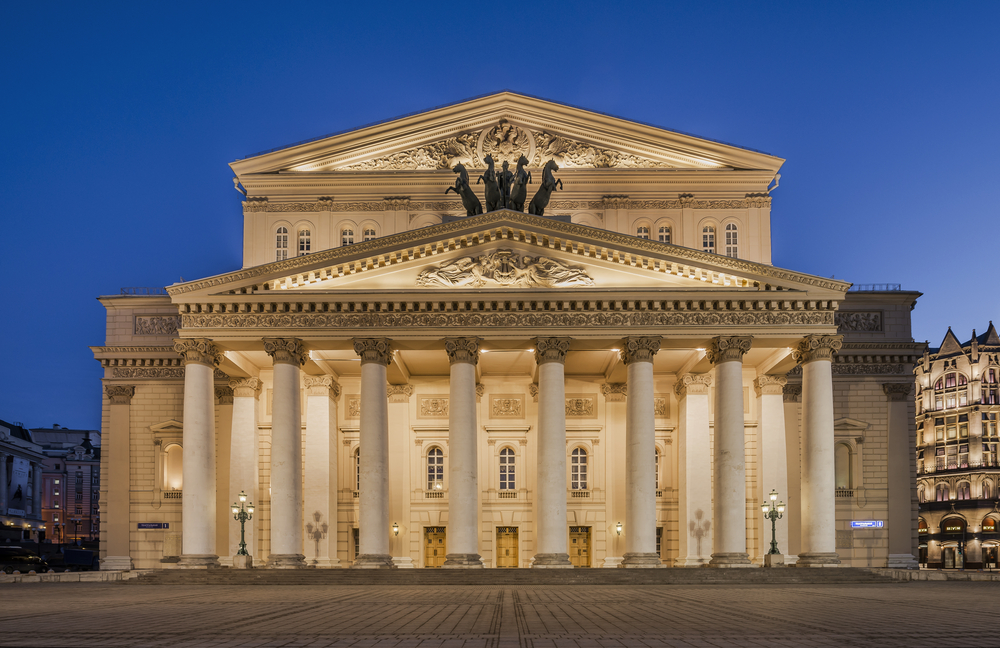
The best theatres
The Mariinsky Theatre in St. Petersburg has been traditionally called the best ballet theatre of the country. Tickets to performances often sold out several months in advance. The Bolshoy Theatre in Moscow tries to astonish with experimental performances, but classical ones are generally more appreciated. The repertoire and company of the Stanislavski and Nemirovich-Danchenko Moscow Academic Music Theatre are really great too. Performances at the Mikhaylovsky Theatre of St. Petersburg are also very popular.
Opera and ballet theatres in Novosibirsk, Yekaterinburg, and Perm should be mentioned as the outstanding theatres in the regions that actively compete with the established ballet capitals for theatre awards. Yekaterinburg and Perm are recommended for visiting by those who like modern dances. Theatre “Provintsialnye Tantsy” (“Provincial Dances”) in Yekaterinburg has drawn special attention in recent years.